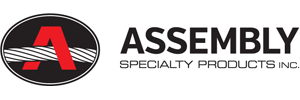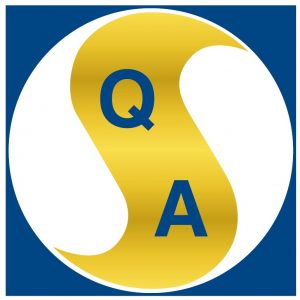OSHA Guide – Cranes and Derricks in Construction
MENU
- Introduction
- Employer Responsibilities
- Section 1400 – Scope
- Section 1401 – Definitions
- Section 1402 – Ground Conditions
- Sections 1403-1406 – Assembly and Disassembly
- Sections 1407-1411 – Power Lines
- Section 1412 – Inspections (with Section 1435(f)-Tower Crane Inspections) and Section 1436(p)-Derricks Inspections)
- Section 1413 – Wire Rope Inspection
- Section 1414 – Wire Rope – Selection and Installation Criteria
- Sections 1415 Safety Devices & 1416 Operational Aids
- Section 1417 – Operation
- Section 1418 – Authority to Stop Operation
- Section 1419-1422 – Signals
- Section 1423 – Fall Protection
- Section 1424 – Work Area Control
- Section 1425 – Keeping Clear of the Load
- Section 1426 – Free Fall and Controlled Load Lowering
- Section 1427 – Operator Qualification and Certification
- Section 1428 – Signal Person Qualifications
- Section 1429 – Qualifications of Maintenance & Repair Employees
- Section 1430 – Training
- Section 1431 – Hoisting Personnel
- Section 1432 – Multiple-Crane/Derrick Lifts
- Section 1433 – Design, Construction and Testing
- Section 1434 – Equipment Modifications
- Section 1435 – Tower Cranes
- Section 1436 – Derricks
- Section 1437 – Floating Cranes/Derricks and Land Cranes/Derricks on Barges
- Section 1438 – Overhead & Gantry Cranes
- Section 1439 – Dedicated Pile Drivers
- Section 1440 – Sideboom Cranes
- Section 1441 – Equipment with a Rated Hoisting/Lifting Capacity of 2,000 Pounds or Less
- Directory of States with Approved Occupational Safety and Health Programs
- Workers’ Rights
- OSHA Assistance, Services and Programs
- OSHA Regional Offices
- NIOSH Health Hazard Evaluation Program
Section 1430 – Training
Other sections of this standard require training in specific topics. This section lists the training requirements found in other sections and includes additional training requirements not found elsewhere.
Training requirements Specified Elsewhere
- Overhead power lines (sections 1408 and 1410)
- Signal persons (section 1428)
- Operators (see section 1427 for the training required for operators during the four-year transitional period for operator qualification/certification, for operators of equipment that does not require qualification/certification, and for operators-in-training)
Additional Training Requirements
- Operators. You must train each equipment operator in the manufacturer’s emergency procedures for halting unintended equipment movement and in the following practice: whenever moving a boom off a support, first raise the boom a short distance (sufficient to take the load of the boom) to determine if the boom hoist brake needs to be adjusted or repaired
- Competent persons and qualified persons. You must train each competent person and each qualified person in the requirements of this standard that apply to them
- Crush/pinch points. You must train each employee who works with the equipment to keep clear of holes, crush/pinch points, and the hazards addressed in section 1424 (work area control)
- Tag-out. You must train each operator and each additional employee authorized to start/energize equipment or operate equipment controls (such as maintenance and repair employees) in the tag-out and start-up procedures in section 1417
Training Administration
You have the following responsibilities with respect to each employee who must be trained under this standard:
- Evaluate each employee to confirm that the employee understands the information provided in the training
- Provide refresher training in relevant topics for each employee when, based on the conduct of the employee or an evaluation of the employee’s knowledge, there is an indication that retraining is necessary
- Provide the training at no cost to the employee

